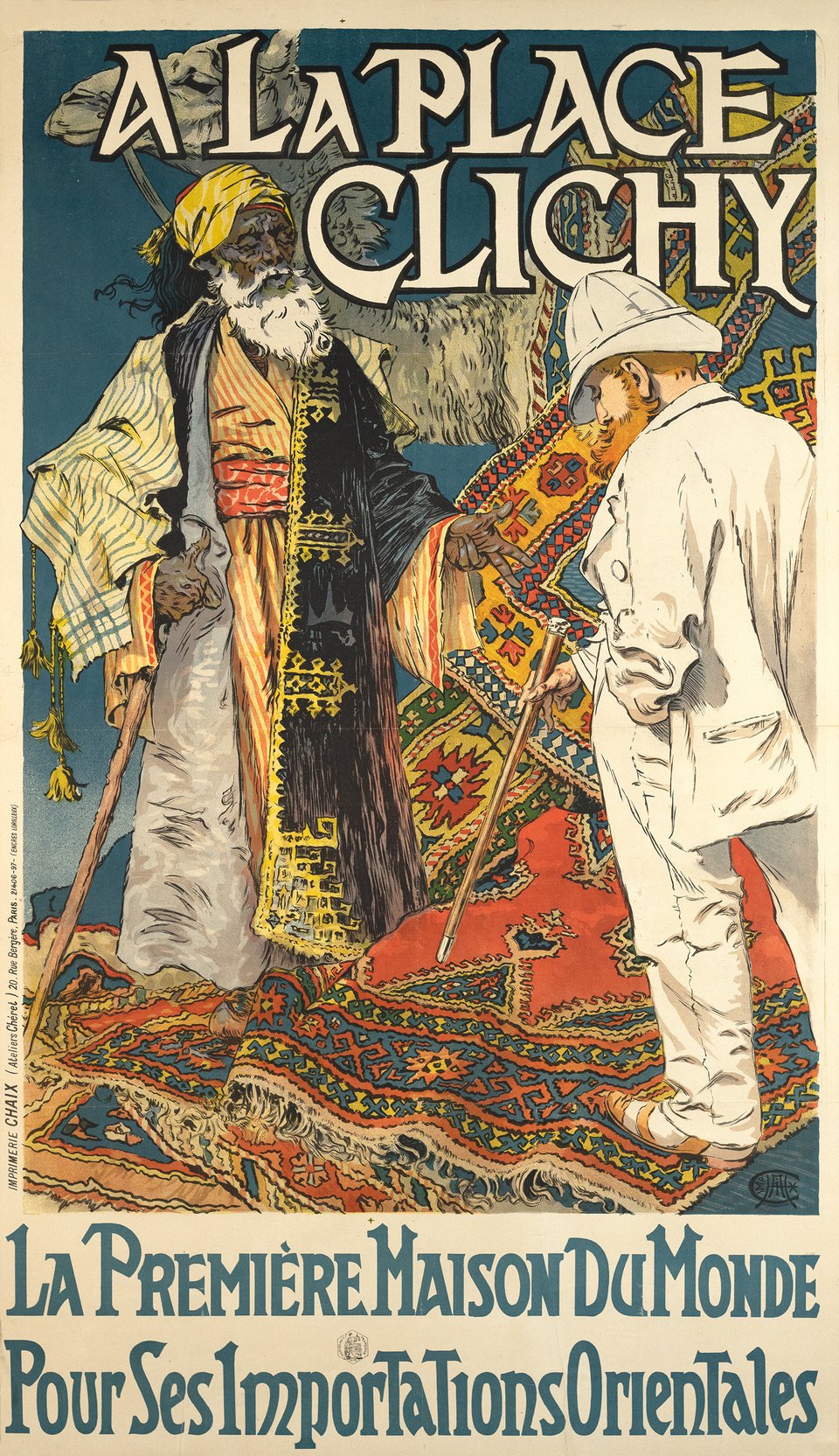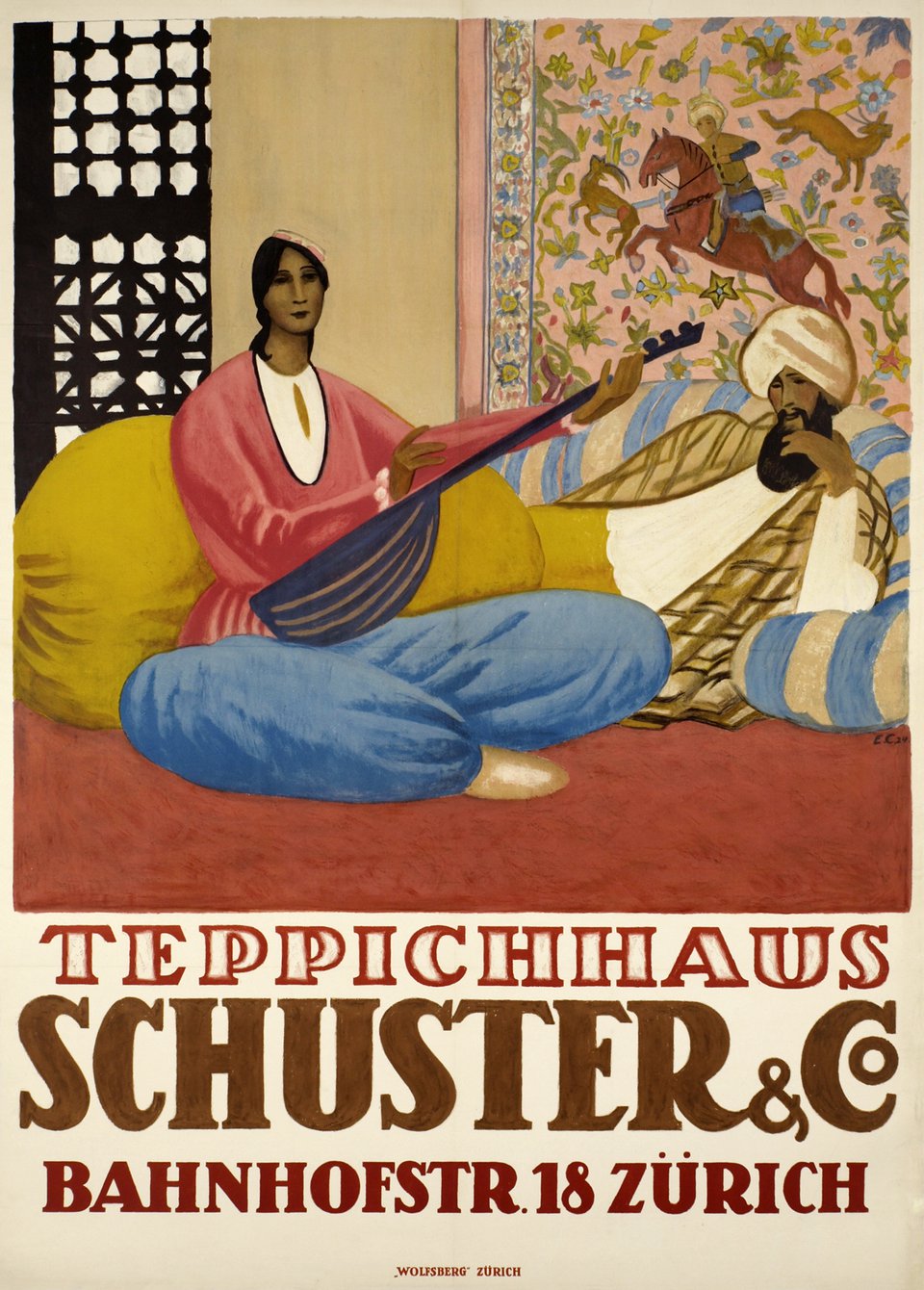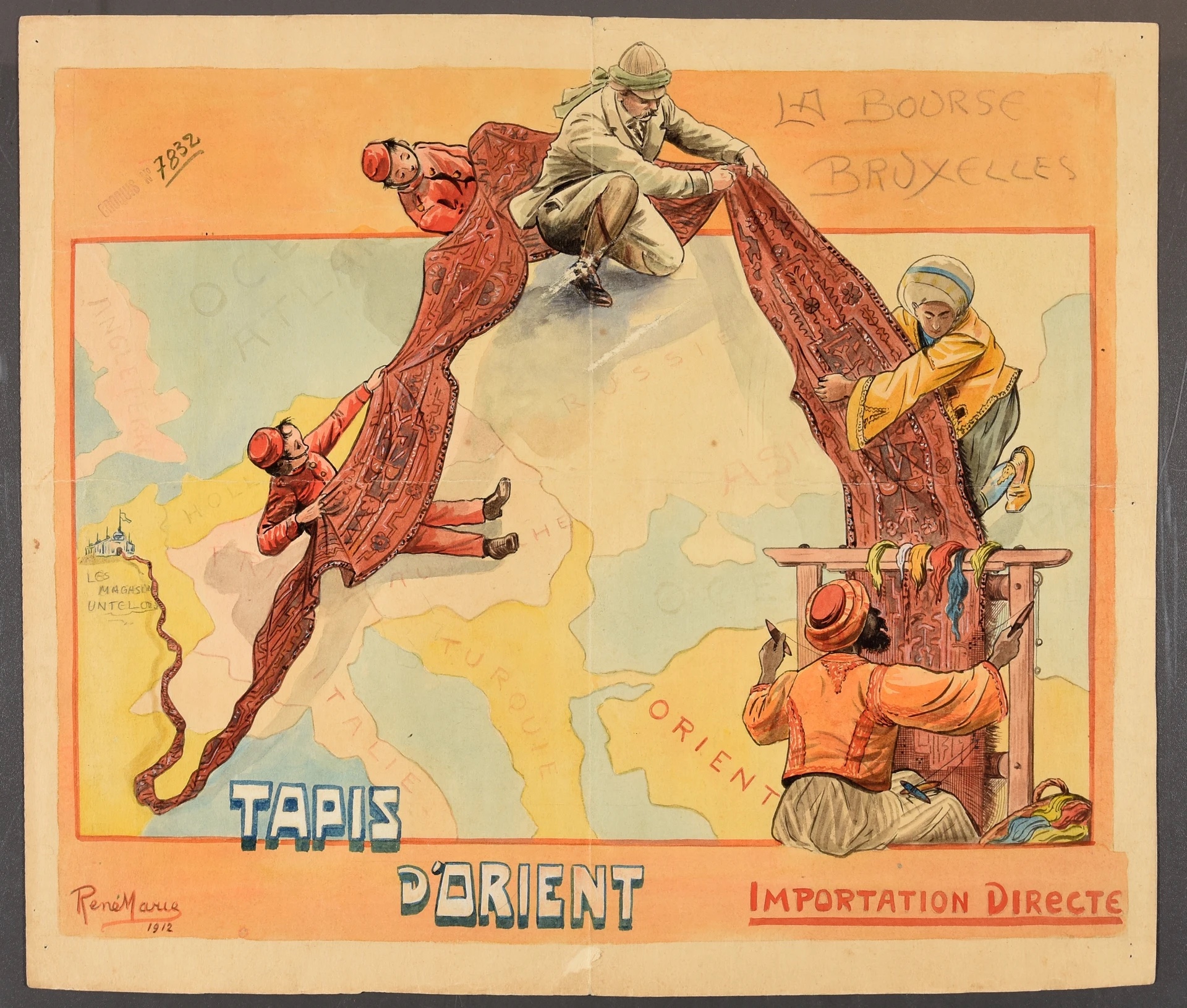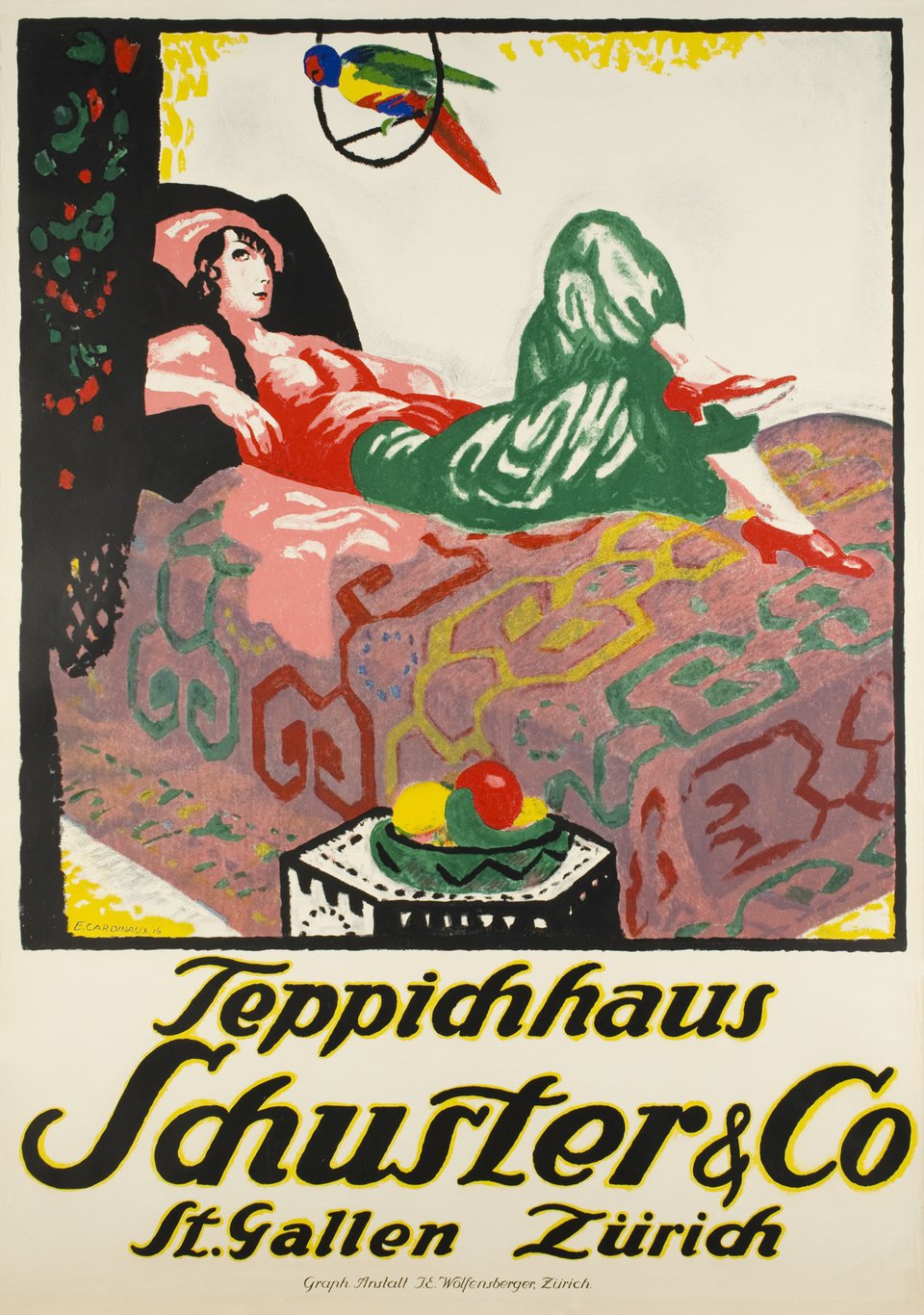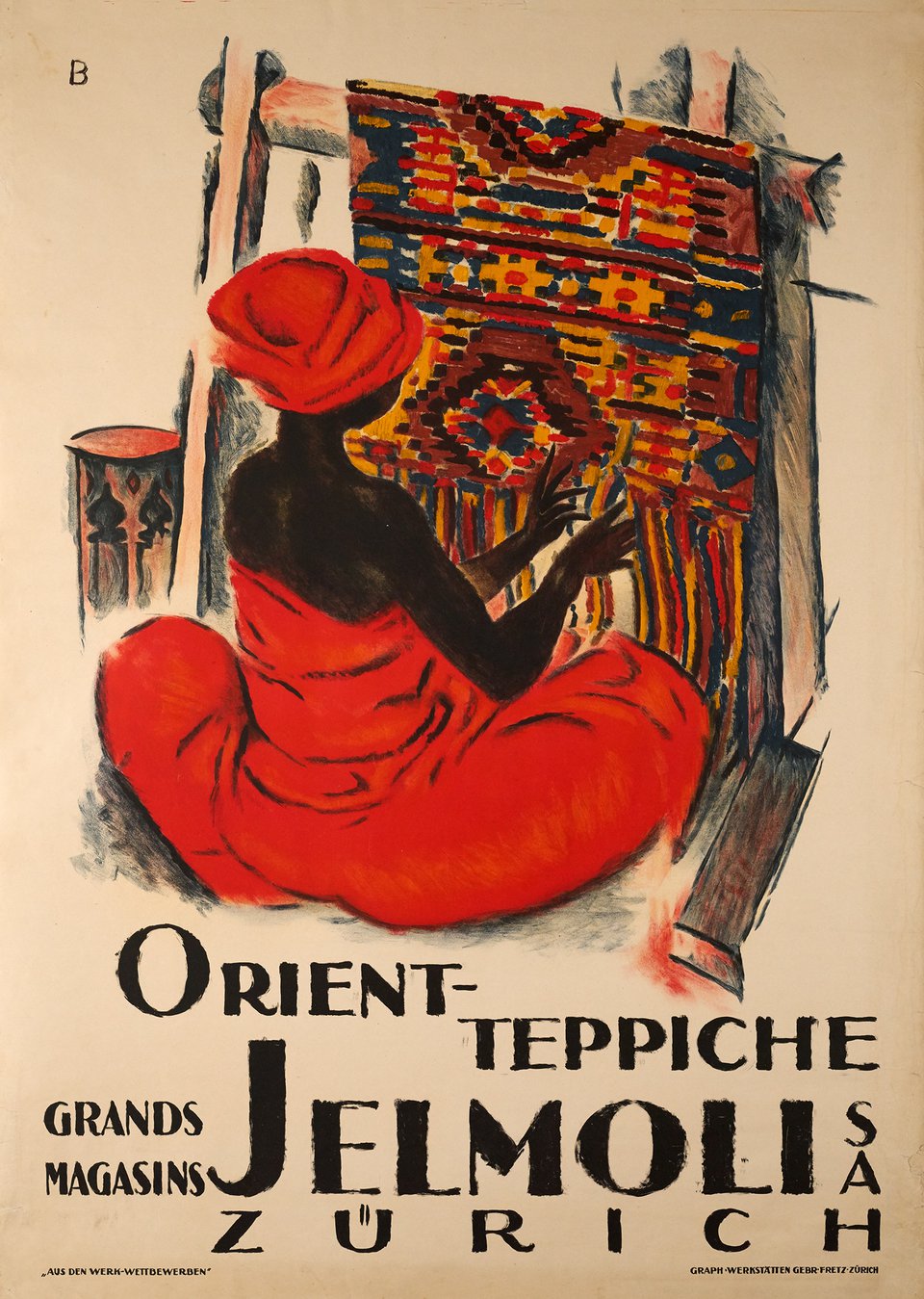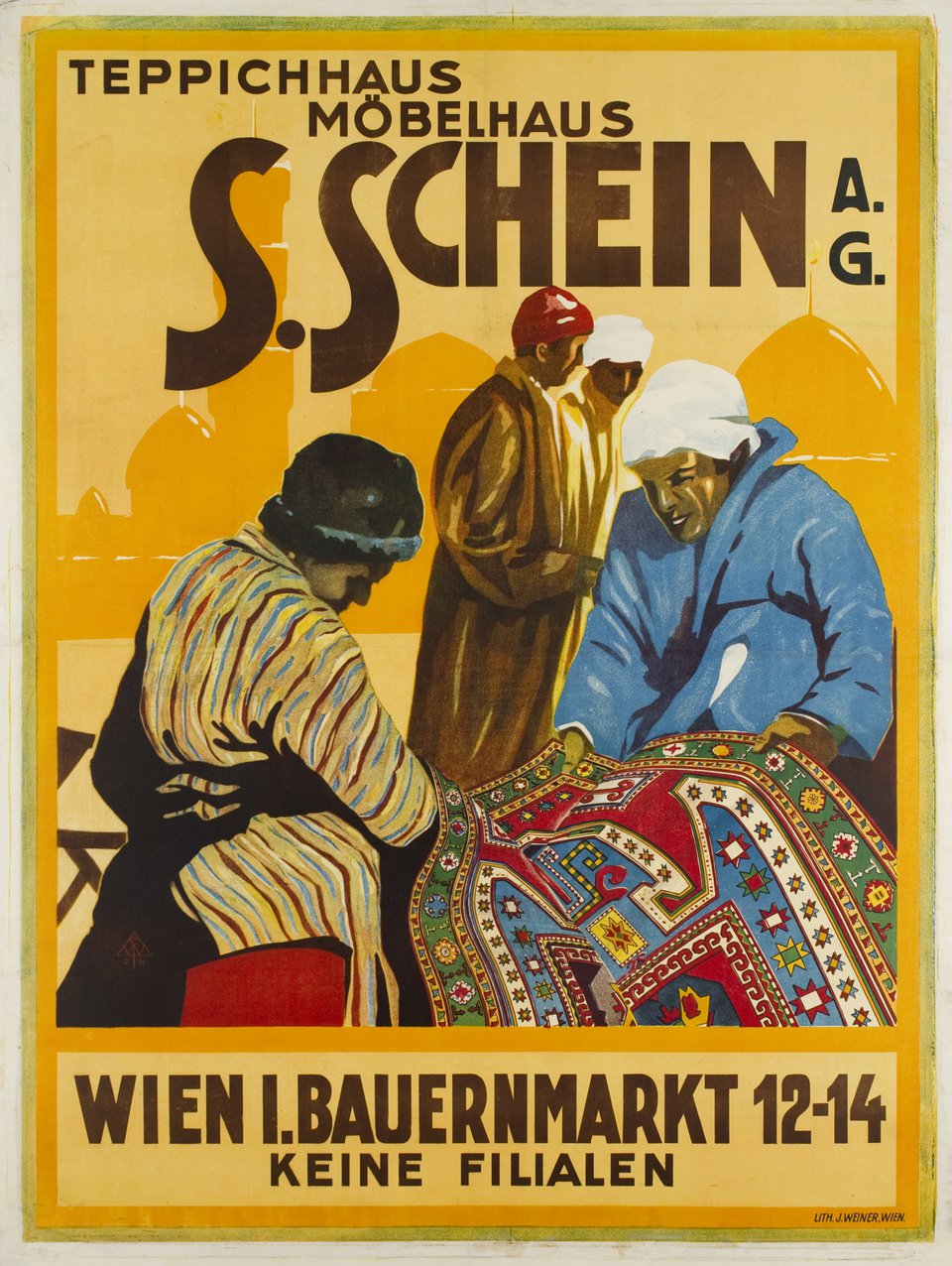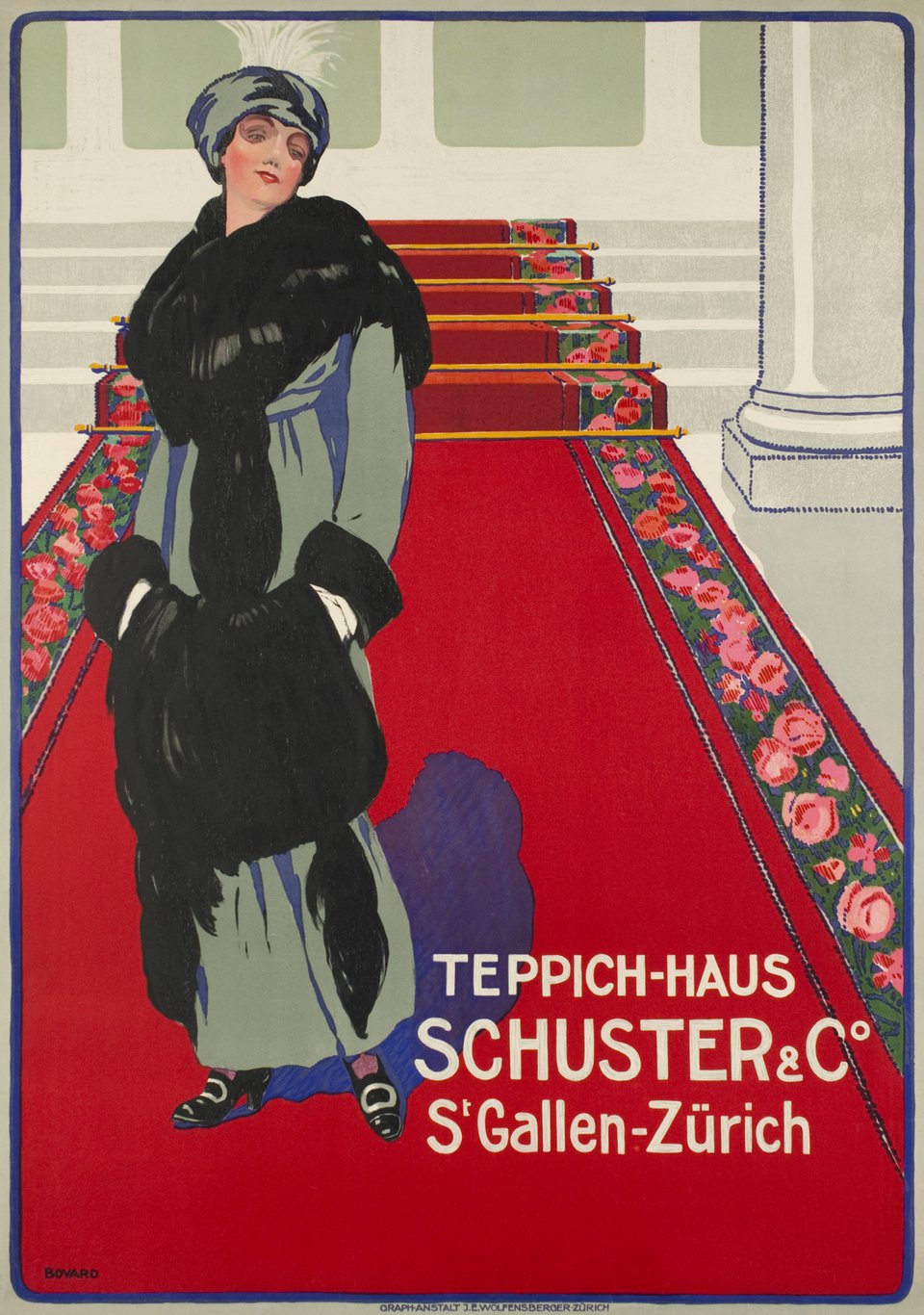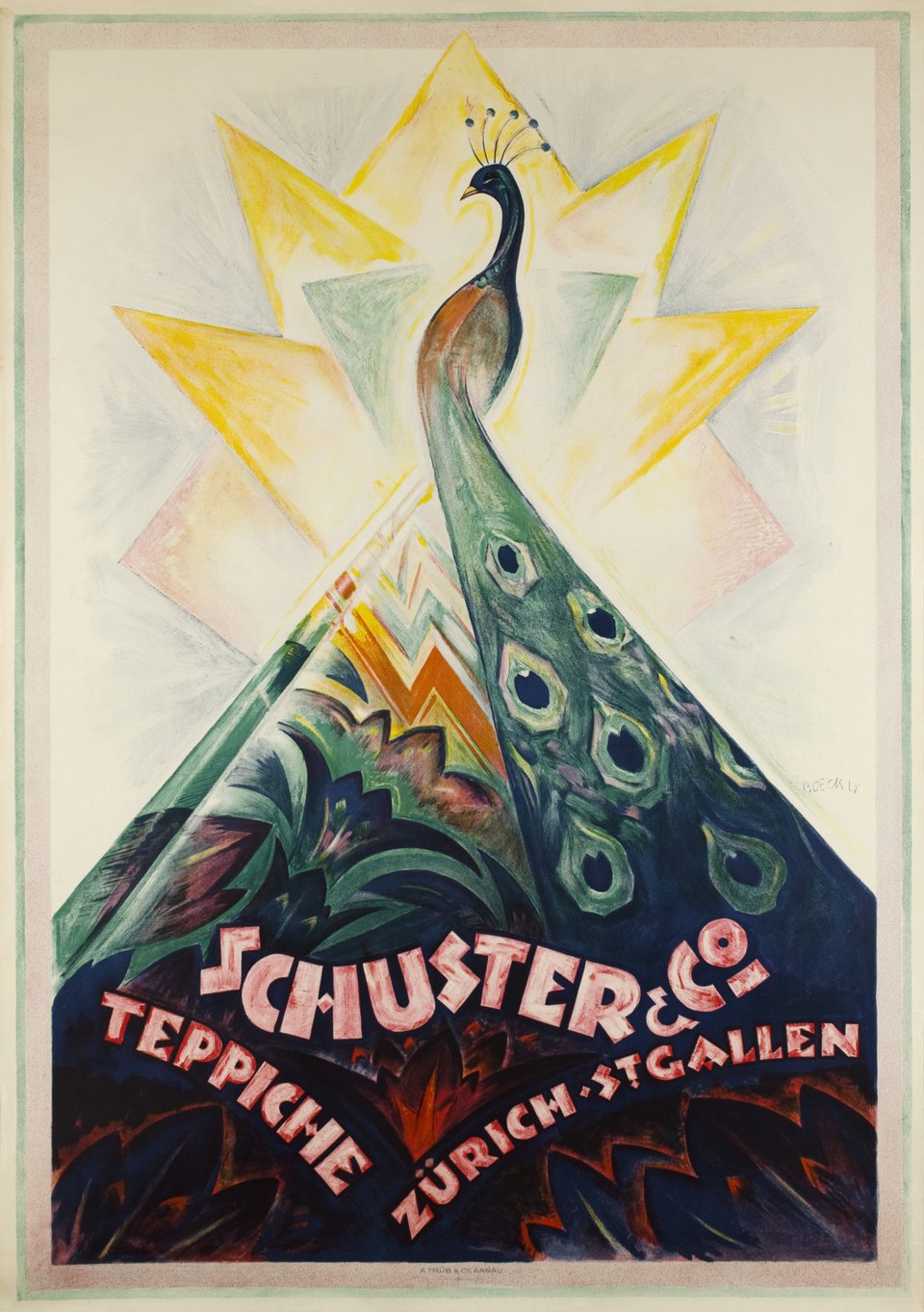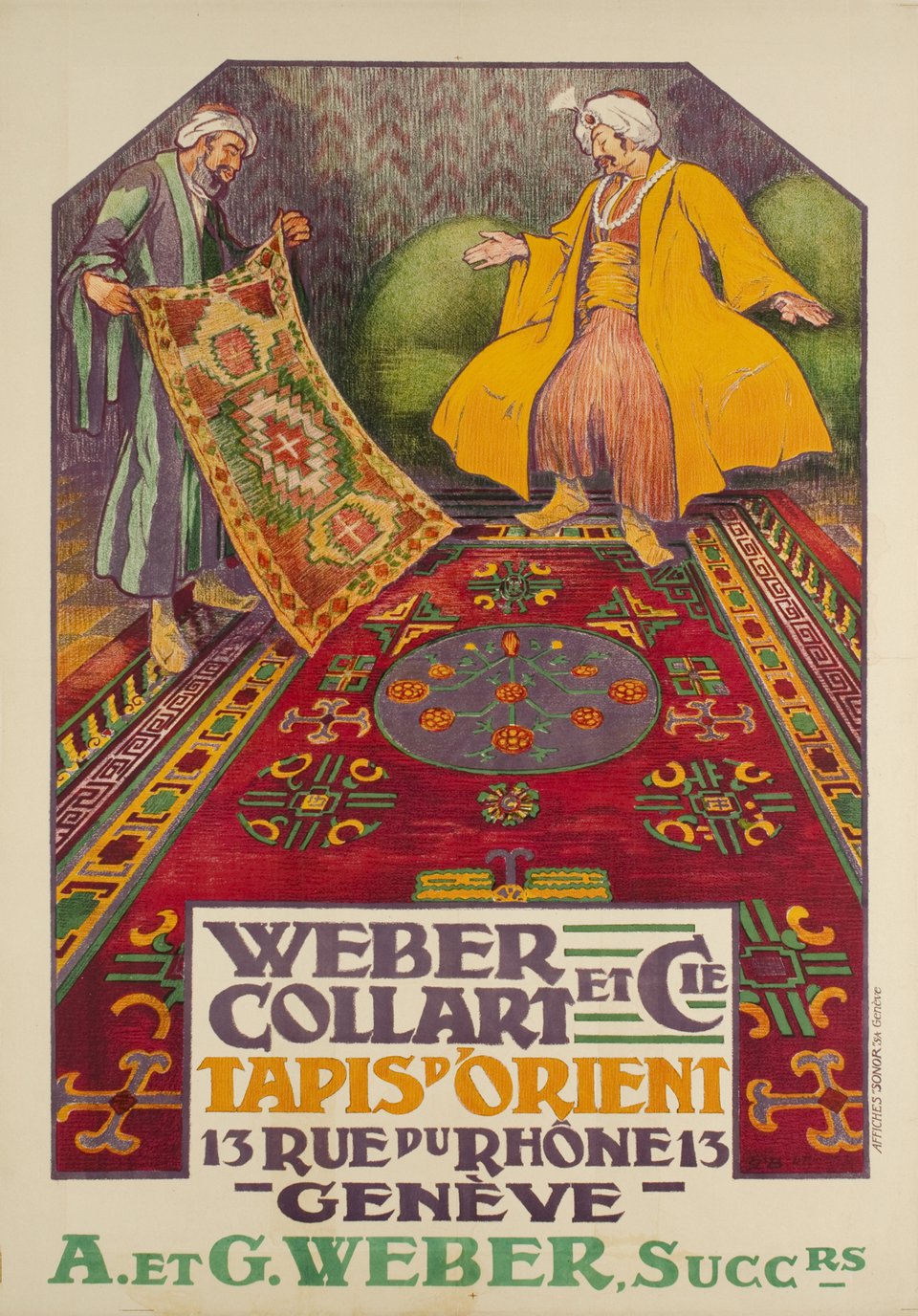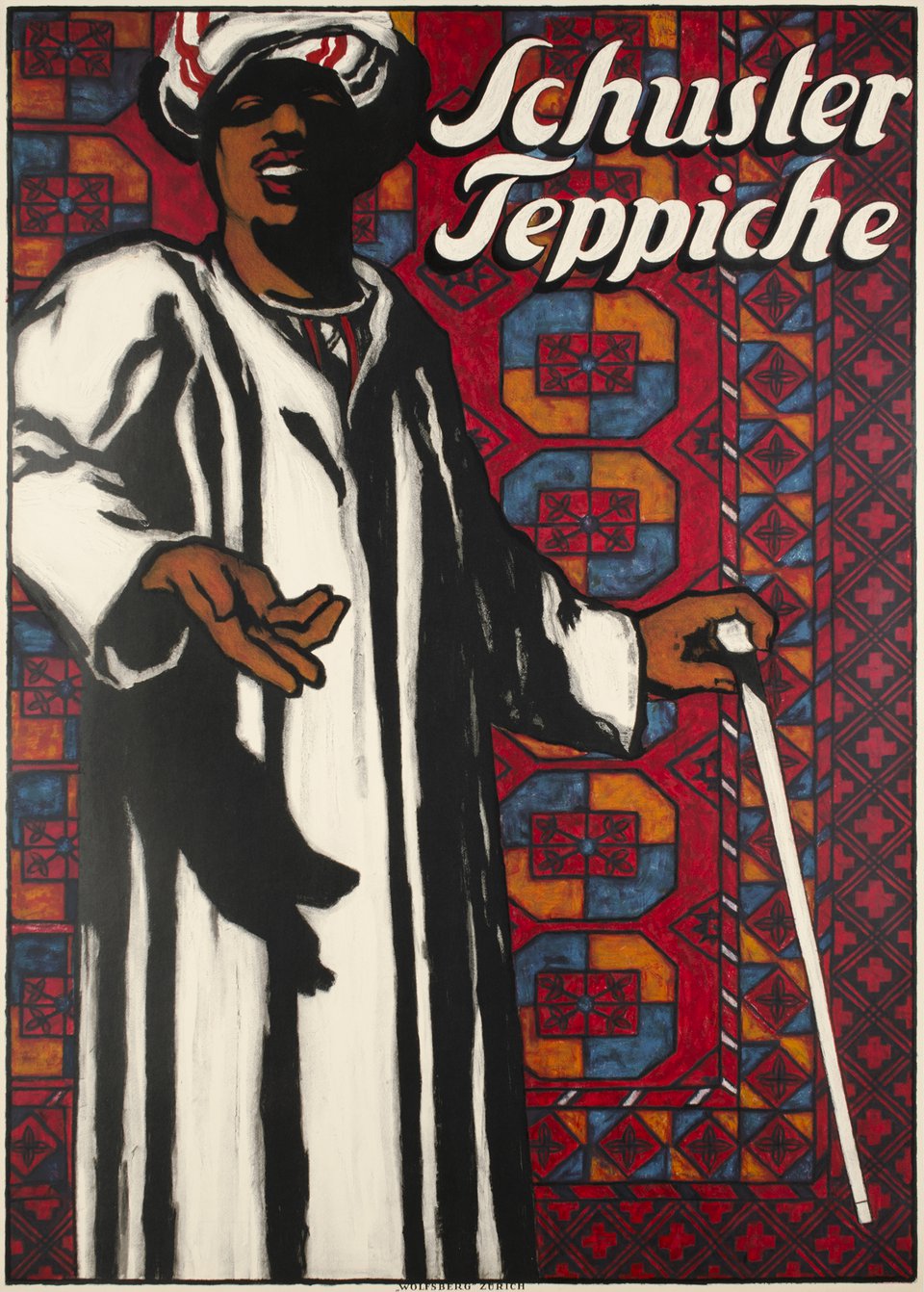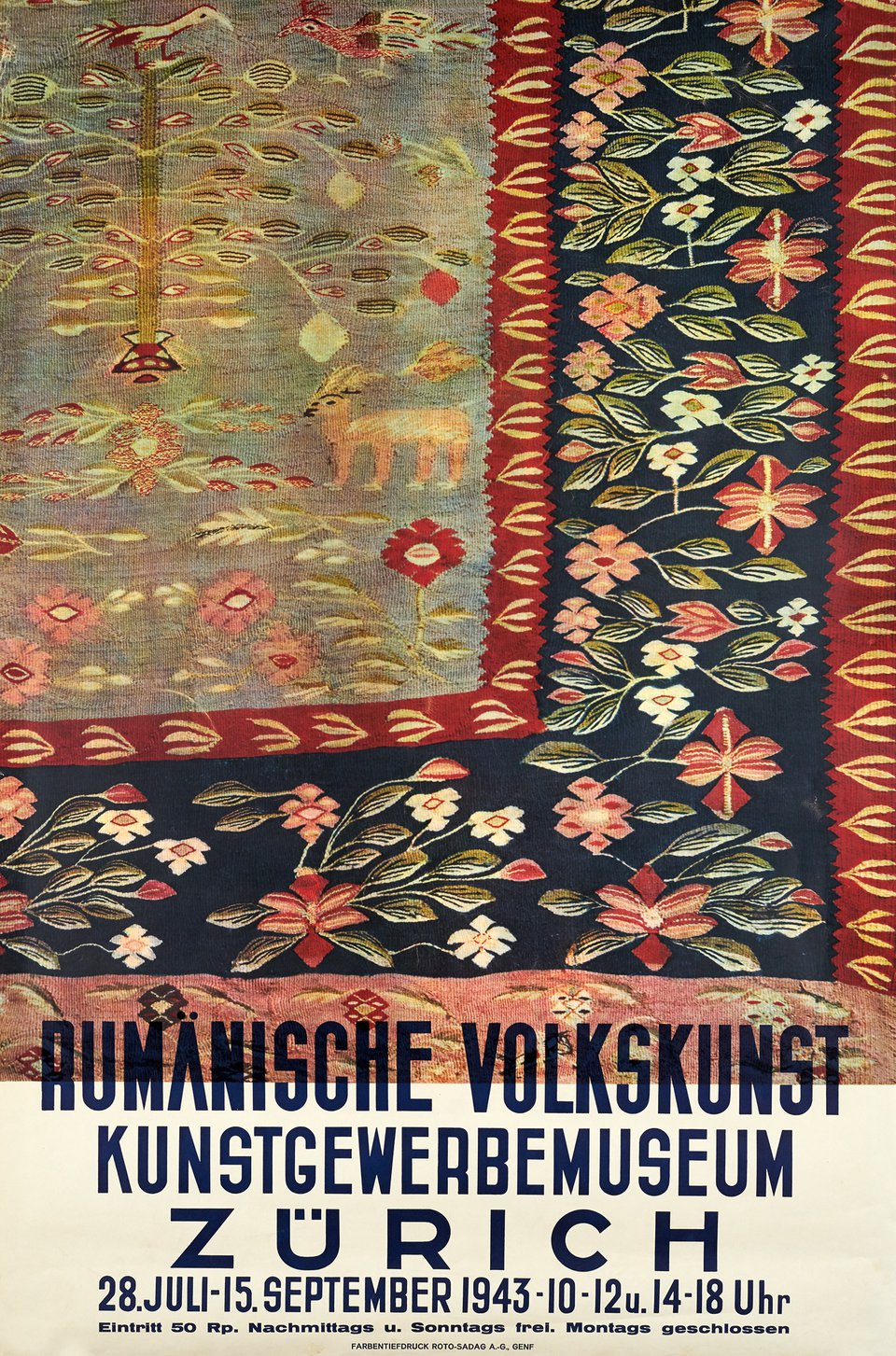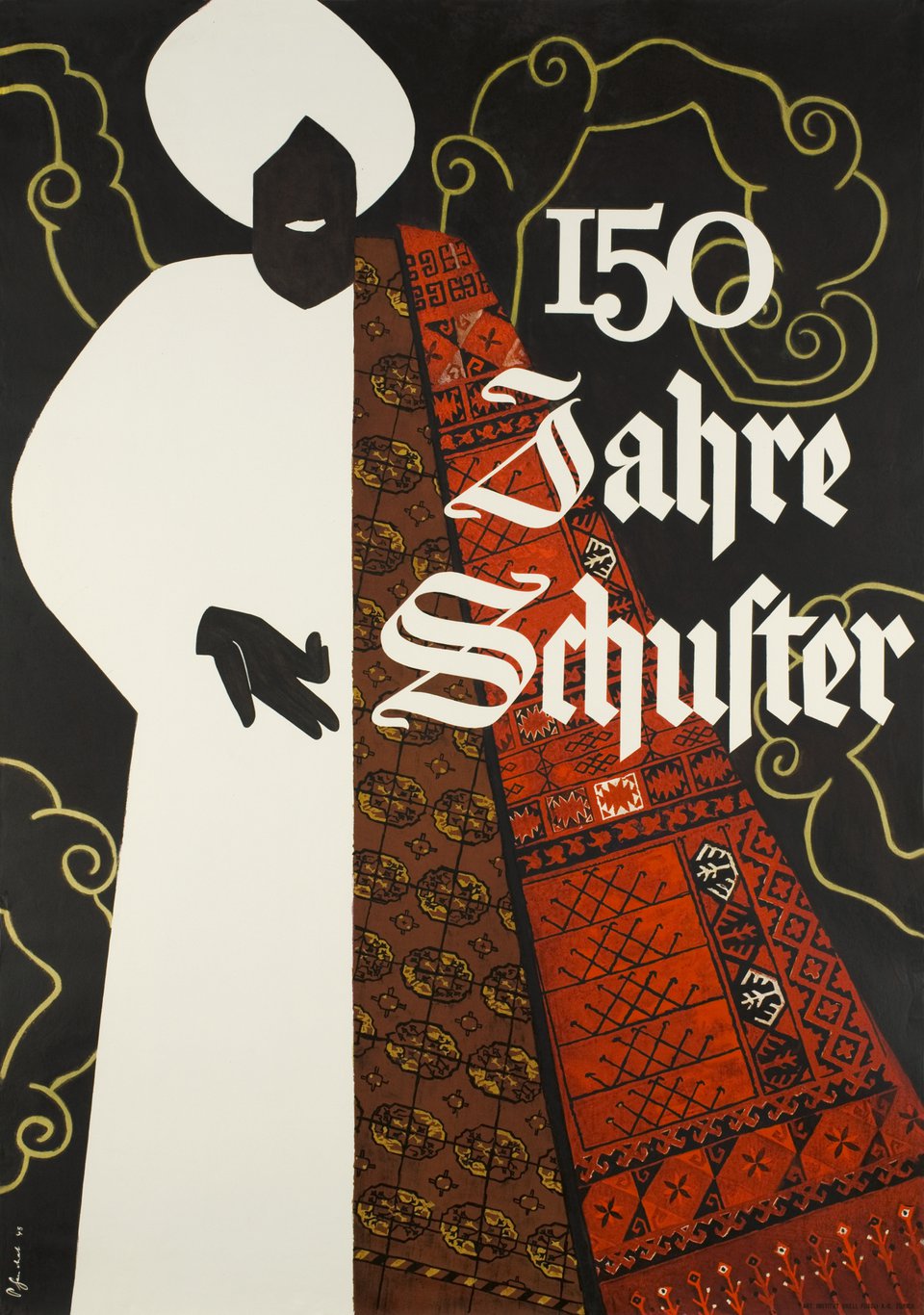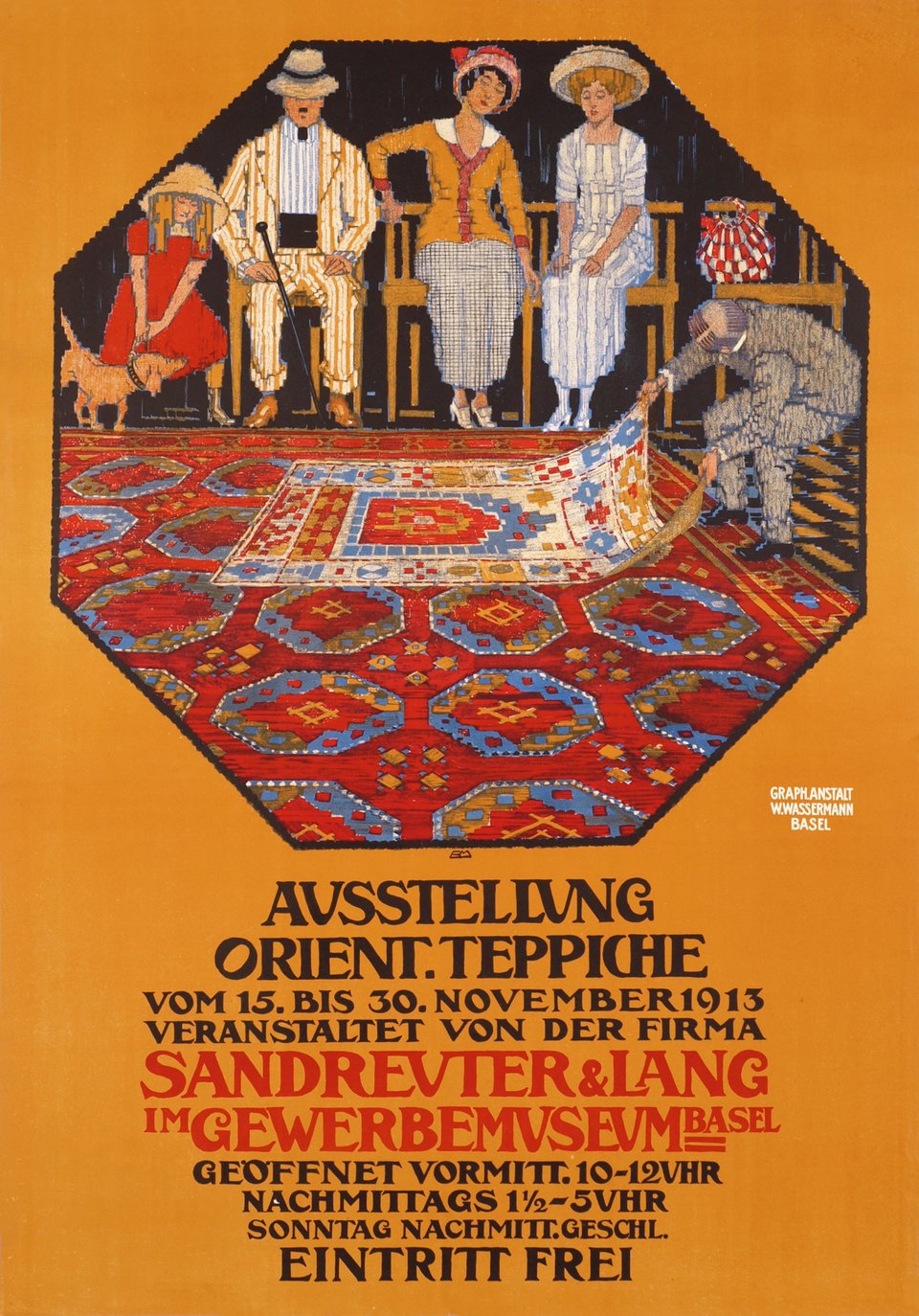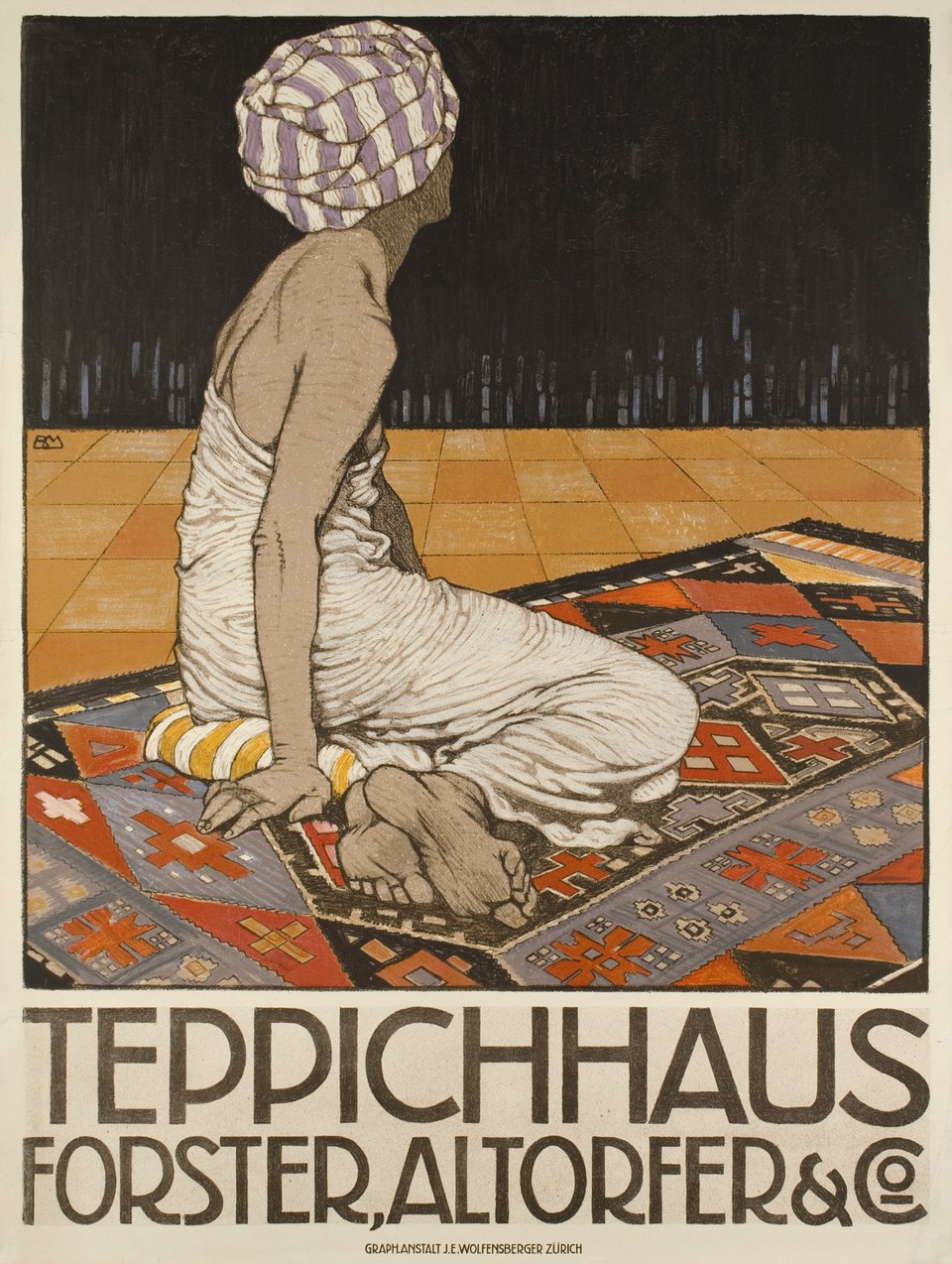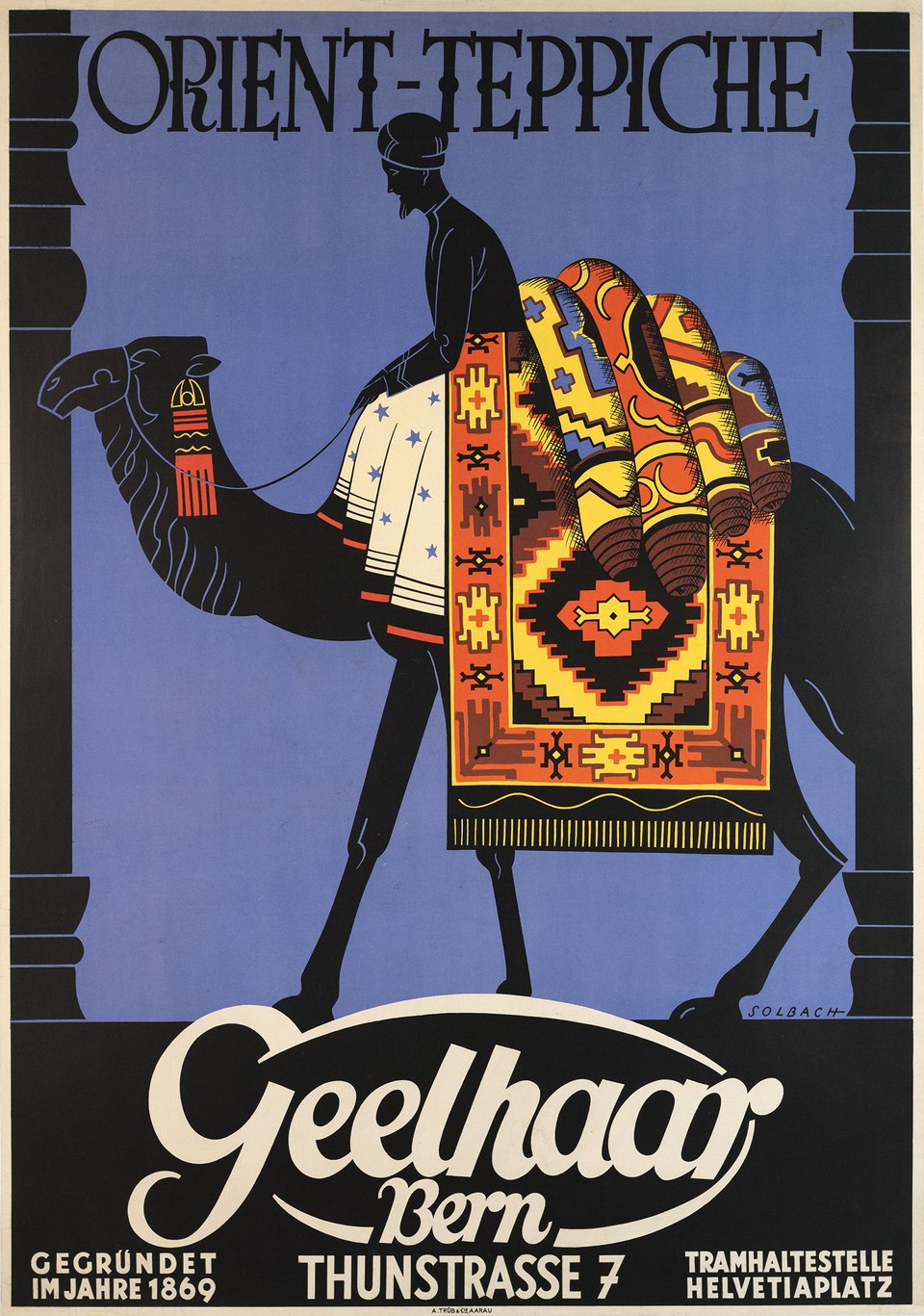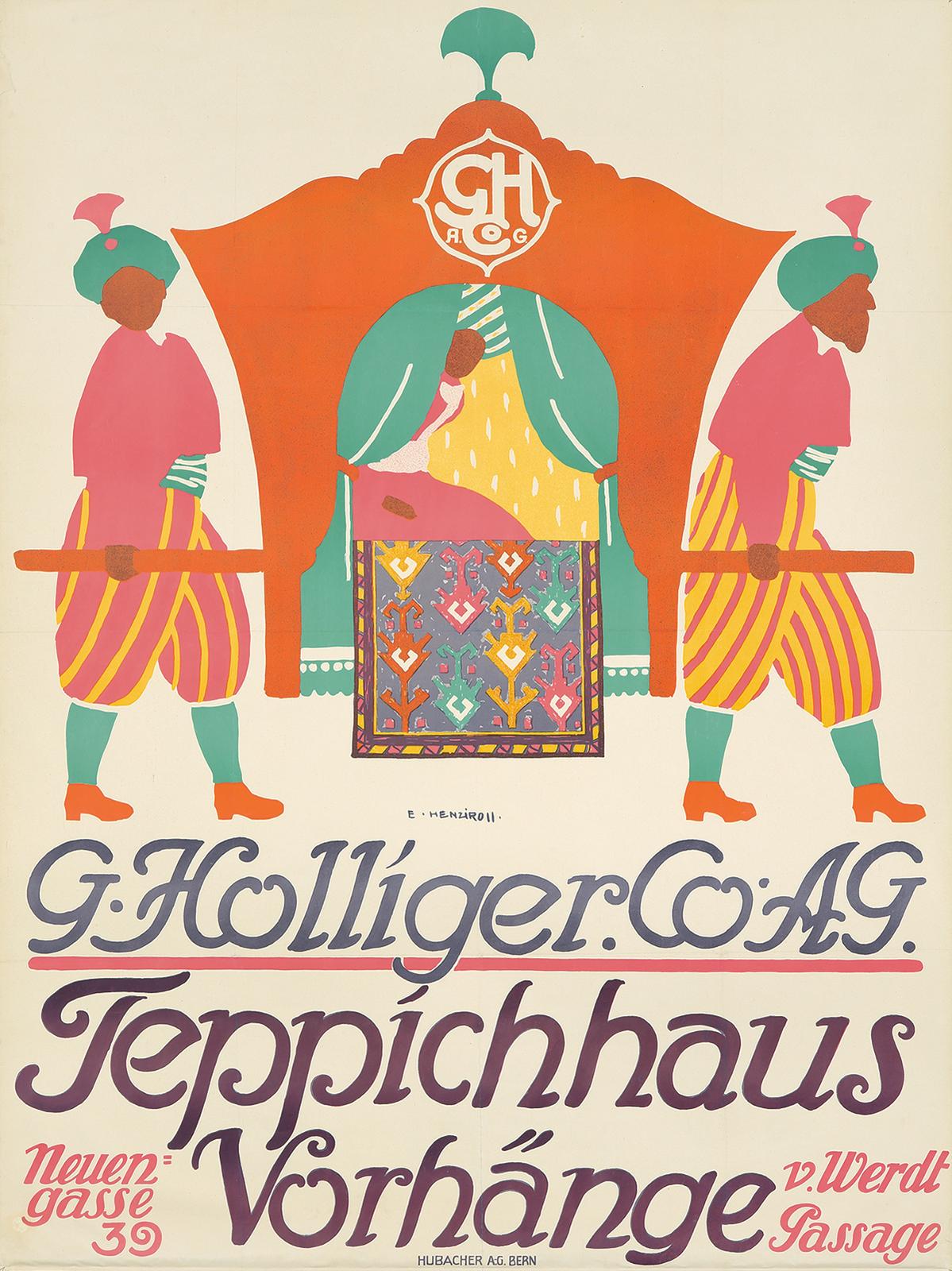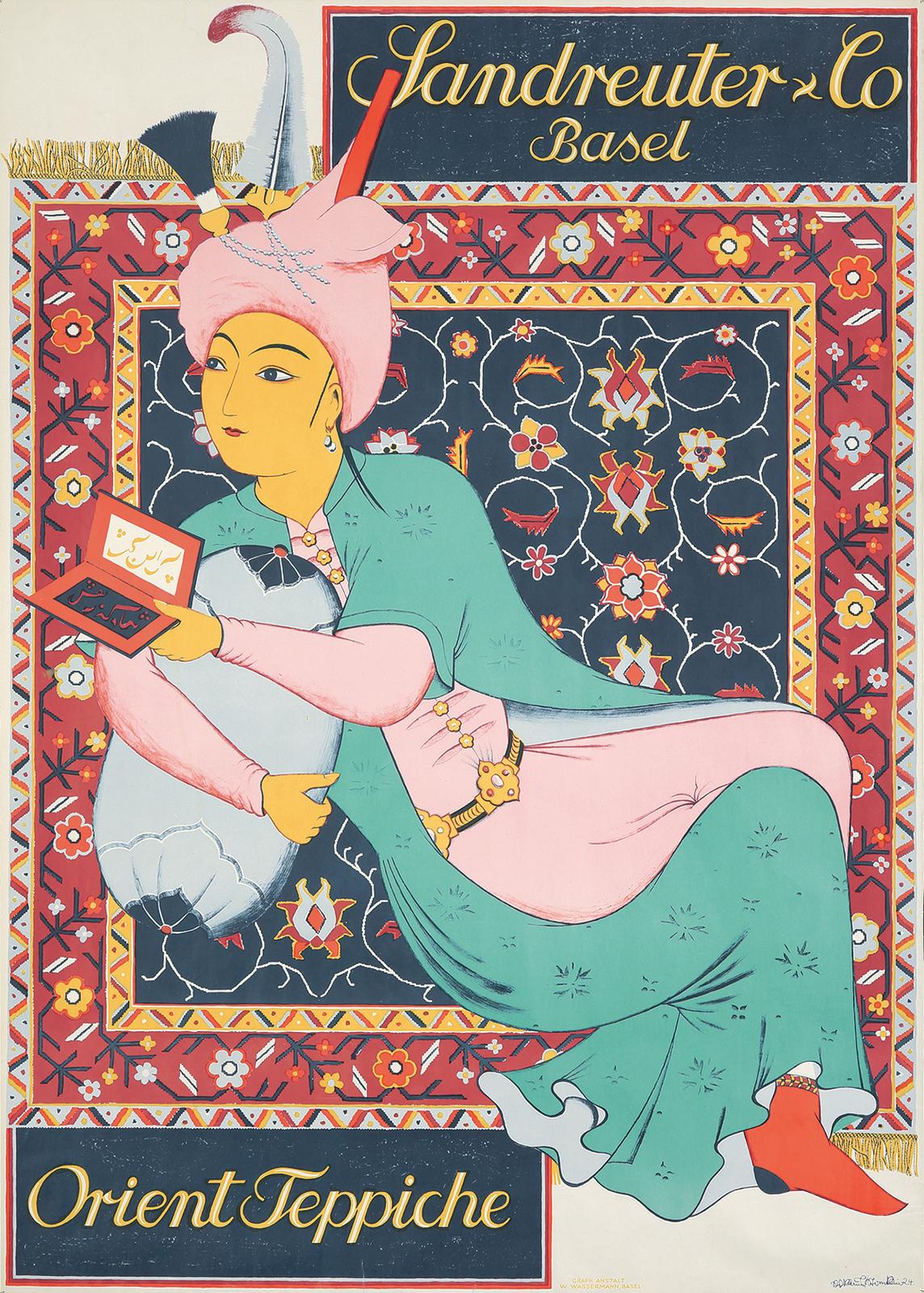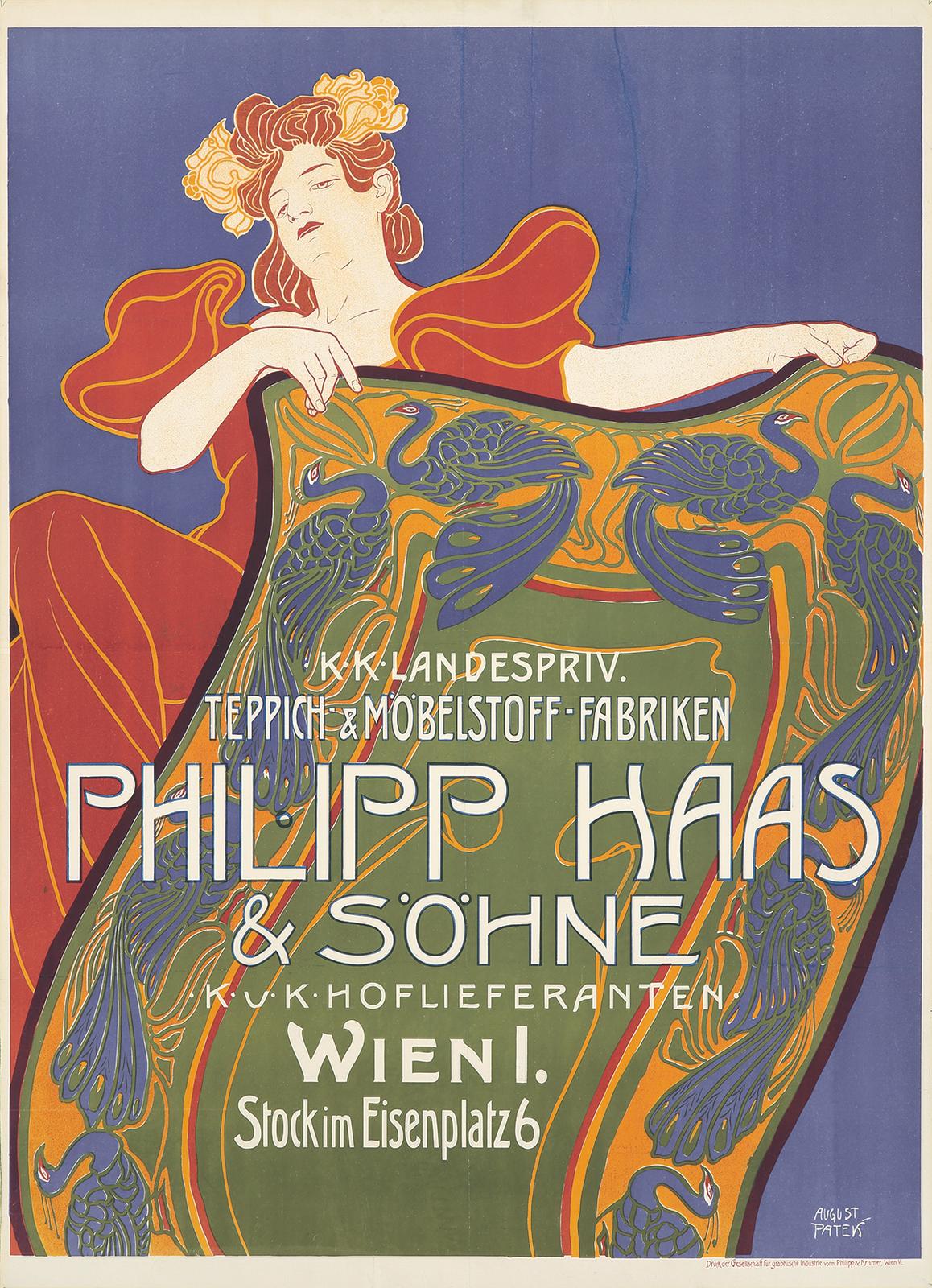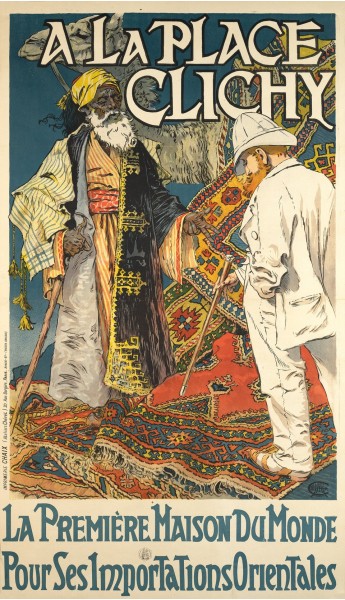
The carpets and rug exhibitions of the 1900s were a testament to the enduring allure of these magnificent textiles. The Orientalist posters, especially those associated with Au Bon Marché, played a vital role in popularizing and promoting these exhibitions, capturing the imagination of audiences and fostering cultural exchange.
Today, the legacy of these exhibitions and posters can still be felt, as carpets and rugs continue to be treasured as works of art and appreciated for their intricate craftsmanship. By delving into the rich history of these exhibitions and the captivating Orientalist posters, we can gain a deeper understanding of the profound impact of carpets and rugs on art and culture during the turn of the 20th century.
Whether as functional floor coverings or artistic masterpieces, carpets and rugs continue to weave a tale of beauty, tradition, and cross-cultural connections that transcend time and borders.
In the early 1900s, carpets and rugs were not merely functional floor coverings; they were treasured art pieces laden with rich cultural heritage and exquisite craftsmanship. The allure of these textiles transcended boundaries, captivating the imaginations of artists, collectors, and enthusiasts alike. This article delves into the enchanting world of carpets and rug exhibitions, shedding light on the role of Orientalist posters, mainly focusing on Au Bon Marché and its association with these captivating textiles.
The Renaissance of Carpets and Rugs
During the 1900s, a renaissance of carpets and rugs took place as they emerged from their traditional roles to become a symbol of luxury, sophistication, and cultural appreciation. Exhibitions dedicated to showcasing these textiles became popular, drawing in crowds eager to witness the splendor of these woven masterpieces. Such exhibitions celebrated artistry and craftsmanship and served as platforms for cross-cultural exchange.
The Allure of Orientalism
Orientalism, a prevailing artistic and cultural movement of the 19th and early 20th centuries, fueled the fascination with carpets and rugs. Artists and collectors were captivated by the mystique and exoticism associated with the East, as depicted in these textiles' intricate patterns and vibrant colors. Orientalist posters played a pivotal role in popularizing and promoting carpets and rug exhibitions, often featuring enticing scenes of luxurious interiors adorned with these remarkable works of art.
Au Bon Marché and Its Influence
Among the influential establishments of the era, Au Bon Marché, the iconic Parisian department store, played a significant role in promoting carpets and rug exhibitions. Known for its avant-garde approach to retail, Au Bon Marché showcased an extensive range of carpets and rugs from various cultures, captivating the Parisian elite and attracting art enthusiasts worldwide.
The department store’s promotional efforts were bolstered by the vibrant and evocative Orientalist posters, which adorned its walls and billboards. These posters, created by renowned artists such as Jules Chéret and Henri de Toulouse-Lautrec, skillfully merged the allure of Eastern aesthetics with the sophistication of Western culture. By visually enticing passersby with scenes of sumptuous interiors adorned with carpets and rugs, Au Bon Marché successfully positioned itself as a leading purveyor of these exquisite textiles.
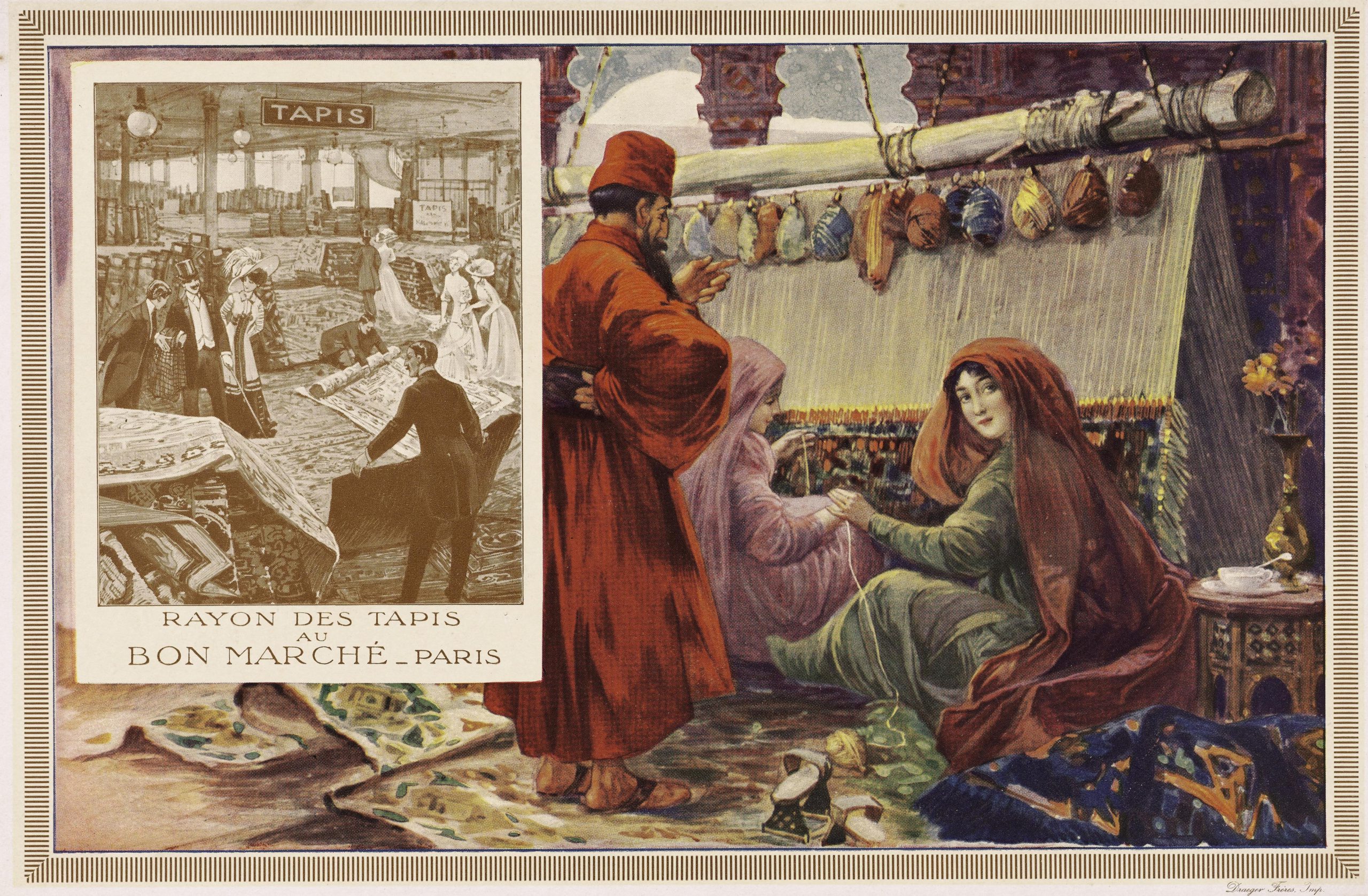
Cultural Exchange and Inspiration
Carpets and rug exhibitions of the 1900s served as cultural melting pots, fostering exchanges between artists, collectors, and craftsmen from different regions. These exhibitions provided opportunities for Western audiences to discover the beauty and diversity of textiles from the East, influencing their artistic endeavors.
Moreover, the Orientalist posters that promoted these exhibitions were not limited to mere advertising; they became works of art in their own right. Artists found inspiration in the intricate designs, vivid colors, and lush settings depicted in these posters. Their influence reverberated beyond the world of carpets and rugs, permeating various artistic movements of the time.

